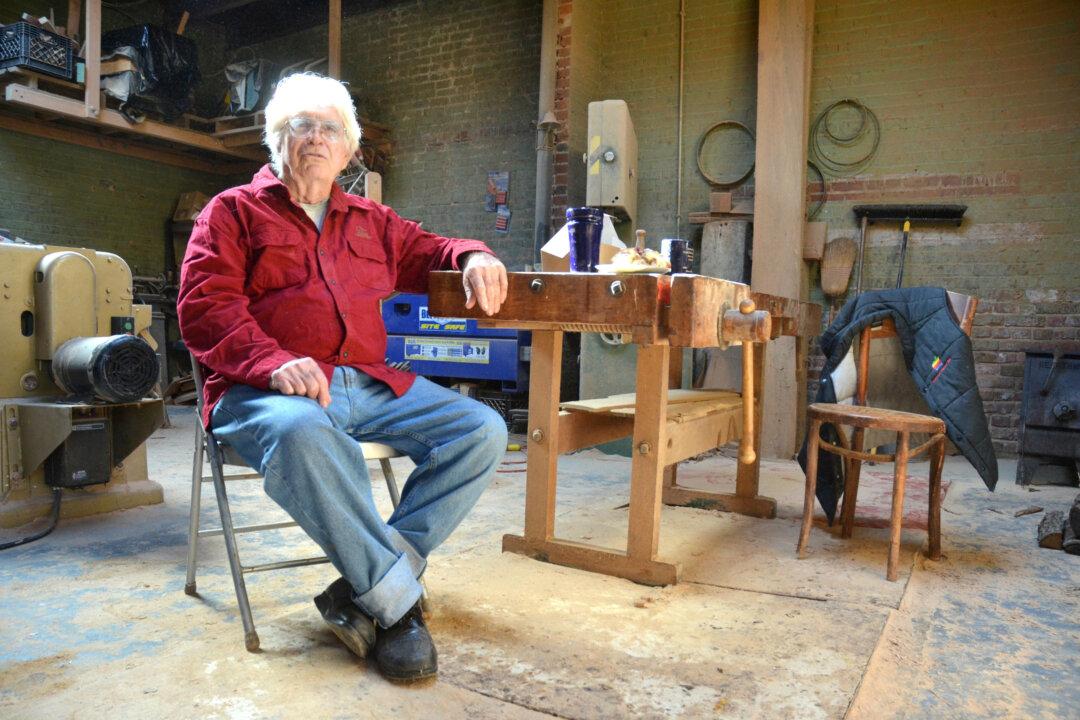RICHMOND, Va.—Sam Forrest stepped around a couple of pieces of furniture so he could reach a window in the front of the old gas station he has turned into his latest studio.
He stopped for a moment to look out at Brookland Park Boulevard. The street is just a few steps away, but the action there, on the other side of the glass and a chain-link fence, is a world away from what happens on Forrest’s side.
“People walk by all day, but no one ever stops to look in,” he said. “I don’t think anyone really knows what this is.”
It’s hard to believe until you walk in and see it yourself.
What happens in his studio is a magical blend of craftsmanship and artistry.
Forrest calls himself a furniture maker, but he’s just as much an artist, the creator of one-of-a-kind pieces that look like museum specimens. His most recent collection includes 30 pieces: mostly tables and cabinets, plus a pair of matching floor lamps that combine the grace of Tiffany’s best work with the beauty of reclaimed old Southern pine.
Those pieces will be on display through Dec. 16 in the lobby of the Richmond Times-Dispatch. The opening coincides with Richmond’s First Fridays art walk, but the collection is of such size, and stature, that it will remain in place two weeks.
“It’s handcrafted, artful furniture,” said John Bryan, the retired president of CultureWorks, a local arts advocacy group, and a self-styled cheerleader for Forrest’s work.
“Sam has a really distinctive style. You can recognize his pieces. I don’t think anyone else in town does what he’s doing.”







